Five new species of the enigmatic velvet worm – one of the most ancient Arthropods still living in forested areas of South Africa – have been described in a new study published in the international journal Cladistics.
Modern-day velvet worms are regarded as "living fossils" because they almost exactly resemble their 550-million-year-old ancestors (the Onychophora) who lived on the antique supercontinent Gondwana. South Africa's velvet worms comprise two genera, Peripatopsis and Opisthopatus. While recent research on Peripatopsis revealed the presence of nine novel species, the evolutionary relationships within Opisthopatus has until now not been studied systematically.
Prof. Savel Daniels, an evolutionary biologist from Stellenbosch University and one of South Africa's foremost experts on palaeo-creatures, performed DNA sequencing analysis and scanning electron microscopy on 184 specimens of the genus Opisthopatus cinctipes which he collected from 47 forest patches in the mountains of KwaZulu-Natal, Mpumlanaga and the Eastern Cape coastal belt. These speciments were also compared to a single sample of the two point endemic sister species, O. roseus and O. herbertorum.
He found that O.cinctipes are comprised of five different species, all endemic to the area where they were found. The new species are: O. drakensbergi, O. kwazululandi, O. amaxhosa, O. highveldi en O. swatii.
Prof. Daniels explains that zoologists have traditionally assumed that O. cinctipes had to be one species because physically they look the same: "Traditionally we thought that there must have been one continuous forest that stretched along the South African coastline, therefore the velvet worms had to be from the same species. The genetic analysis shows, however, that their forebears came from the interior. This means that today's forest patches along the coast are the remains of bigger forests which stretched from the interior to the coast."
It took six years of field work to collect all the specimens, and another four years in the laboratory before he was able to describe the five new species.
Only one centimetre long, with 16 club-like walking feet, these ancient creatures are notoriously hard to find. They spend most of their life hidden in moist areas in the soil, in rotting logs or under decaying tree trunks.
"You have to be very passionate about your goggas to do this kind of research!" he quips from his office in the Department of Botany and Zoology at SU.
Once he slipped away from a friend's wedding on a farm in Tulbagh after spotting a patch of deep green forest high up in the mountain. Three hours later he made a triumphant return with a not-yet-identified species of velvet worm.
"There are probably still several unidentified velvet worms crawling around in high-lying forest patches hidden in the folds of the Cape Fold Mountains," he adds.
In the meantime, an MSc student in his research group is already working towards finalising the information required to list the newly discovered species on the International Union for the Conservation of Nature's (IUCN) Red Data List of endangered species.
"Our results have revealed a wealth of taxonomic diversity in these fragmented forest patches in KwaZulu-Natal, Mpumalanga and the coastal belt of the Eastern Cape. These breath-taking beautiful forests are poorly studied, but home to unique and often ancient habitat specialists such as the velvet worm.
"If the velvet worms obtain endangered species protection, then these precious forest patches which they inhabit, will also need protection," he adds.
At present, forests make up only 0.56% of South Africa's land area. Nearly half of these forests (46%) are in the Eastern Cape.
Why are velvet worms so unique?
Like the indestructible water bears (Tardigrades), modern velvet worms are looked on as a separate line of evolution (and placed in a distinct phylum) that arose independently from some long forgotten marine ancestor – probably the Hallicogenia. Fossils show that velvet worms have not changed much since they diverged from their ancient relative about 540 million years ago. This means Onycophorans have been living on Earth ever since what is called the Cambrium period of prehistory. Today, modern velvet worms live on land and are found only in damp, moist habitats in areas that were originally part of the ancient supercontinent Gondwana.
CAPTIONS
Images of the five newly described Opisthopatus species in their natural habitat (Scale bars = 5 mm)
Photographs of live velvet worms (Opisthopatus) shows the variation in colour among one of the described and novel species.
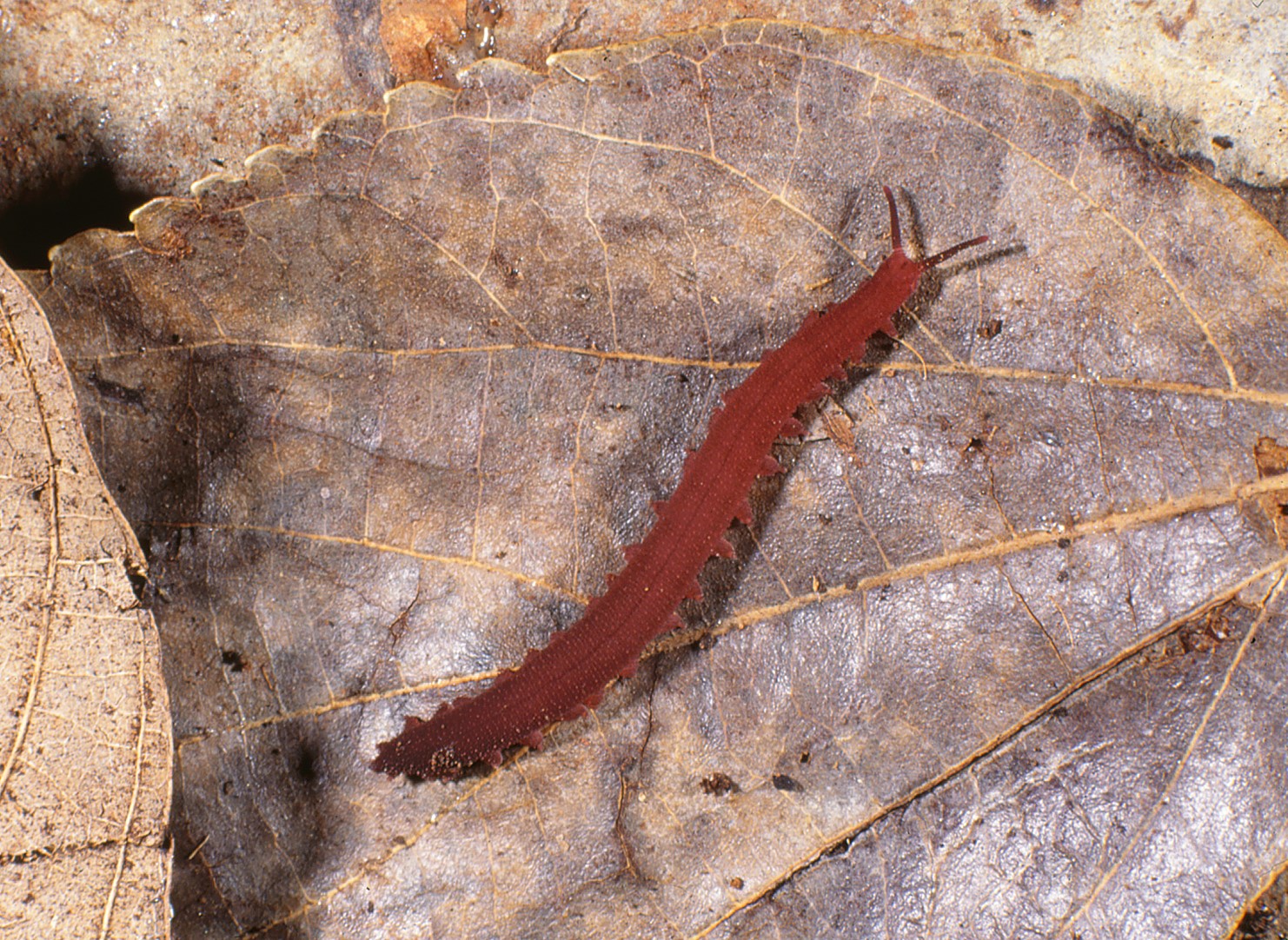
[A_O. roseus.jpg]
Opisthopatus roseus (first described by Lawrence 1947) from Ngele forest, KwaZulu-Natal. Photo credit: Dai Hebert
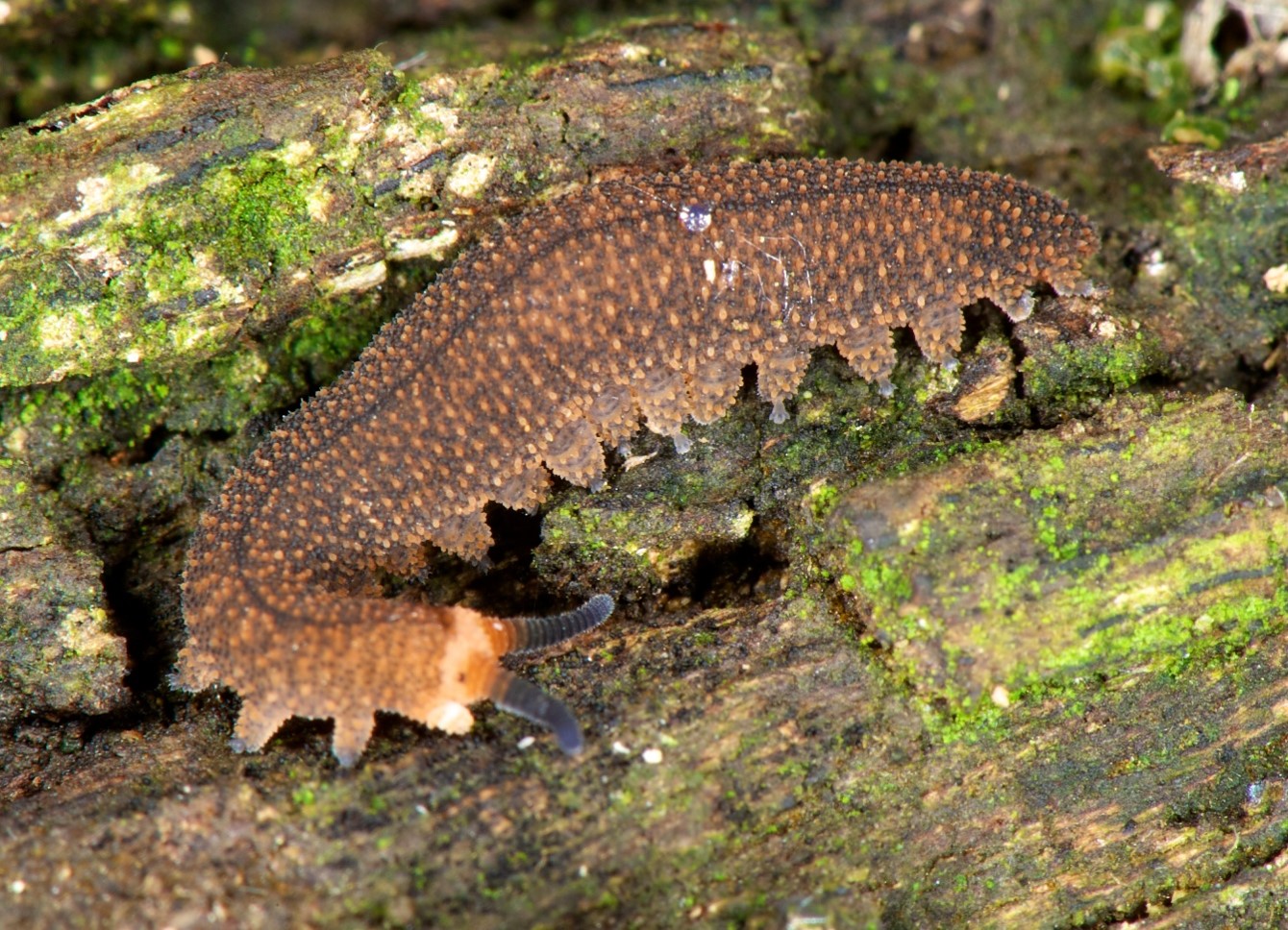
[C_O. drakensbergi.jpg]
Opisthopatus drakensbergi sp. nov., from Cathedral Peak Nature Reserve, KwaZulu-Natal. Photo credit: Gonzalo Giribet
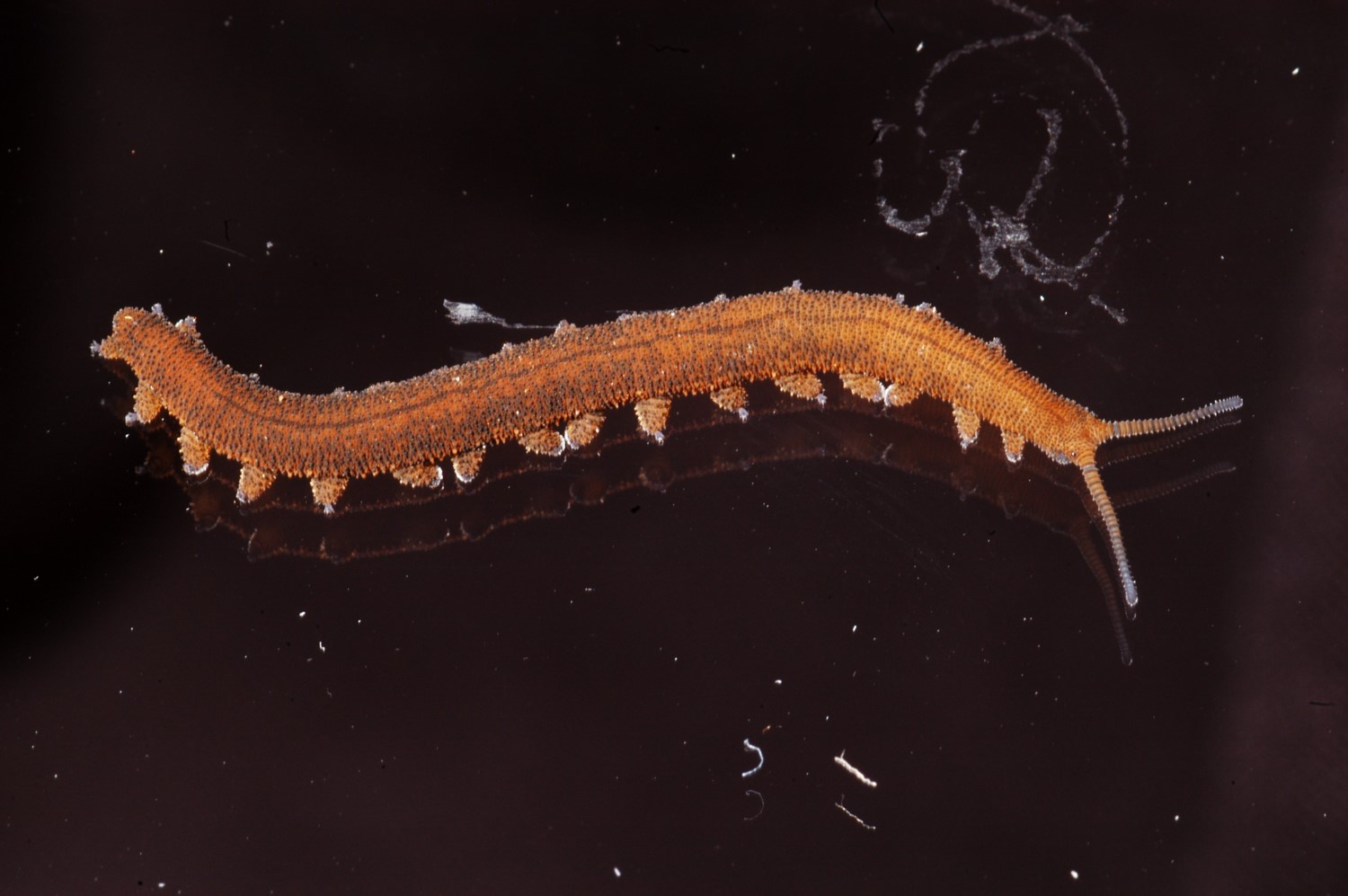
[D_O. highveldi.jpg]
Opisthopatus highveldi sp. nov., from Graskop, Mpumalanga. Photo credit: Dai Hebert
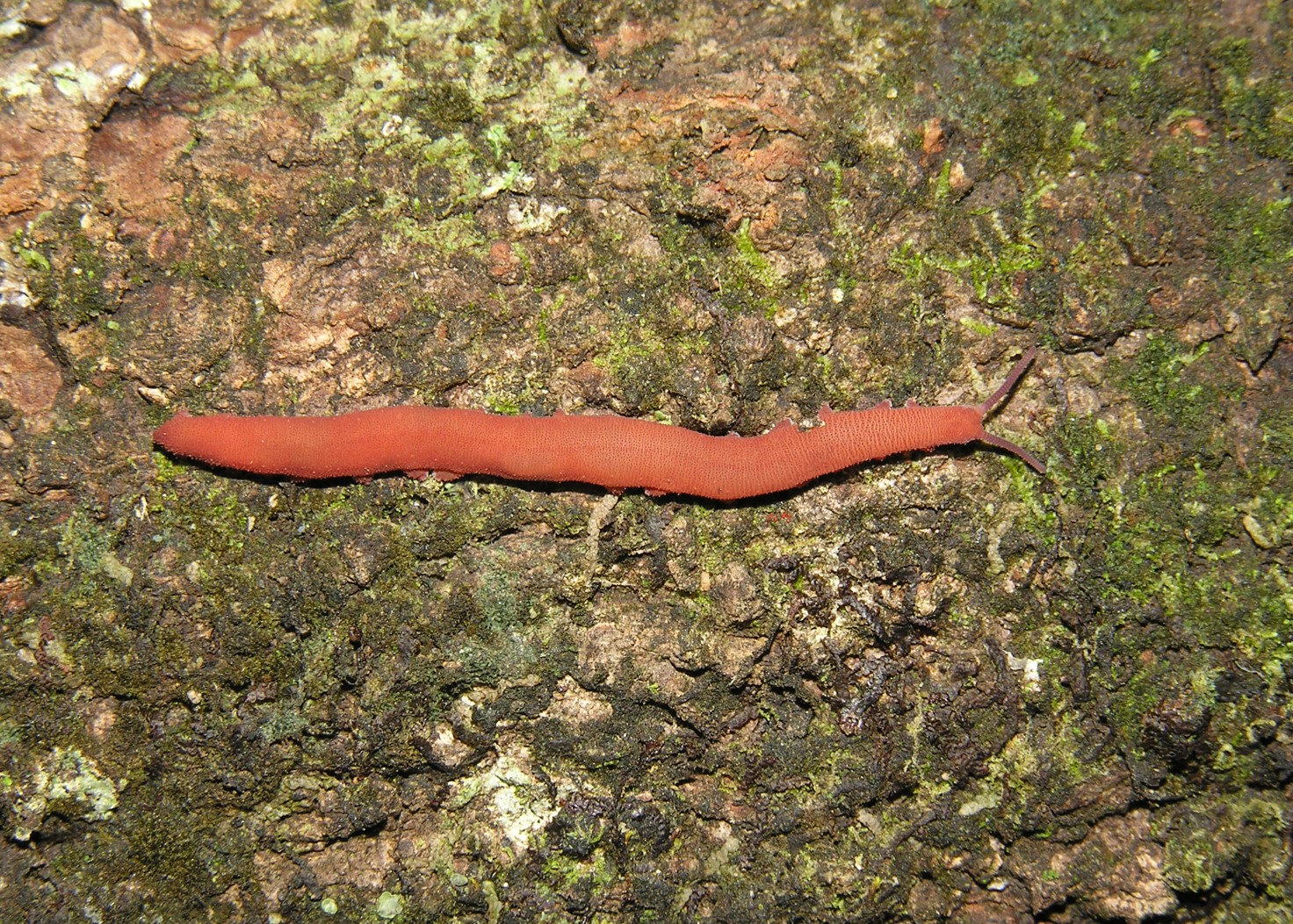
[E_O. amaxhosa.jpg]
Opisthopatus amaxhosa sp. nov., from Nocu in the Eastern Cape. Photo credit: Dai Hebert
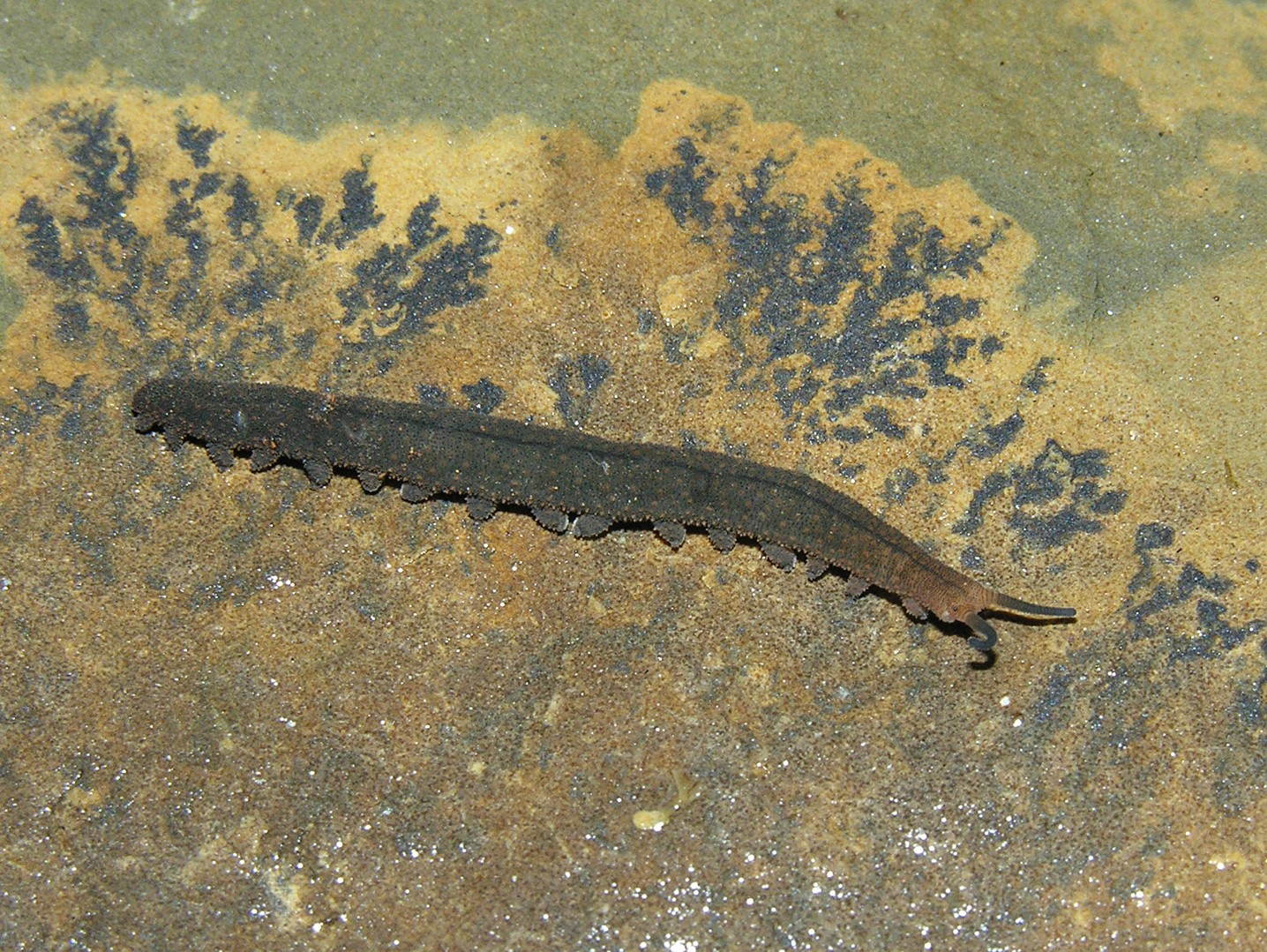
[F_O. kwazululandi.jpg]
Opisthopatus kwazululandi sp. nov., from Pietermaritzburg, KwaZulu-Natal. Photo credit: Dai Hebert
Contact details
Prof. Savel Daniels
Department of Botany and Zoology
Stellenbosch University
Tel: +27 _21 808 3230
E-mail: srd@sun.ac.za
Issued by Wiida Fourie-Basson, Media: Faculty of Science, Stellenbosch University,
science@sun.ac.za, 021 808 2684

